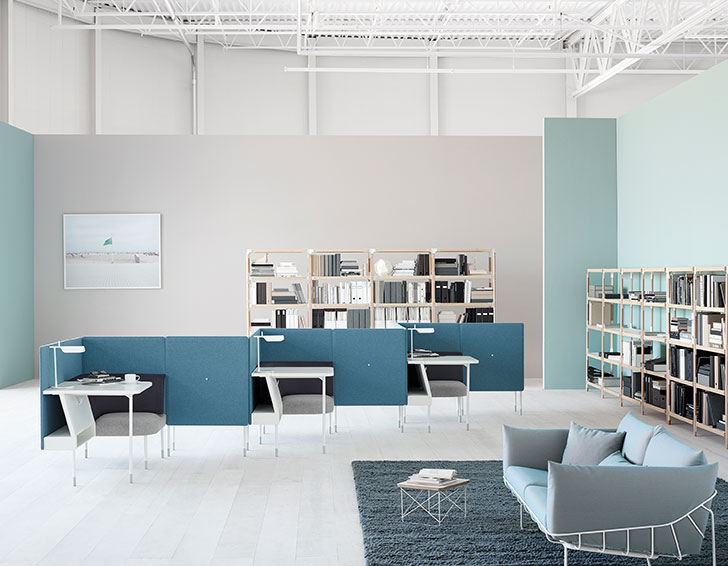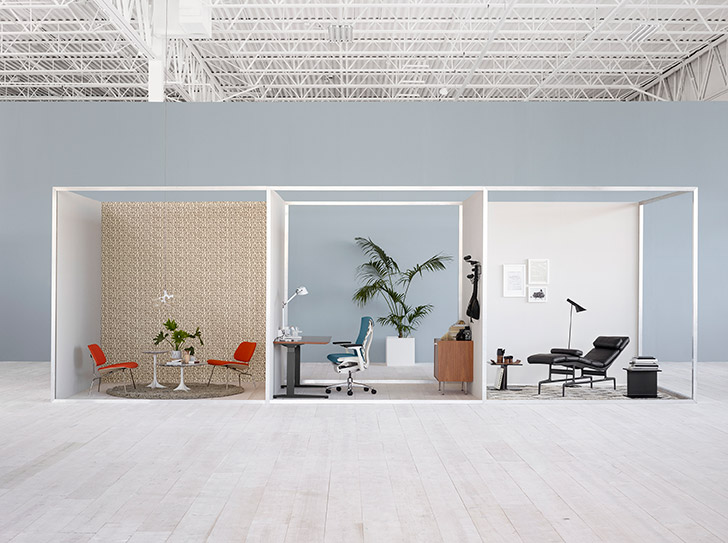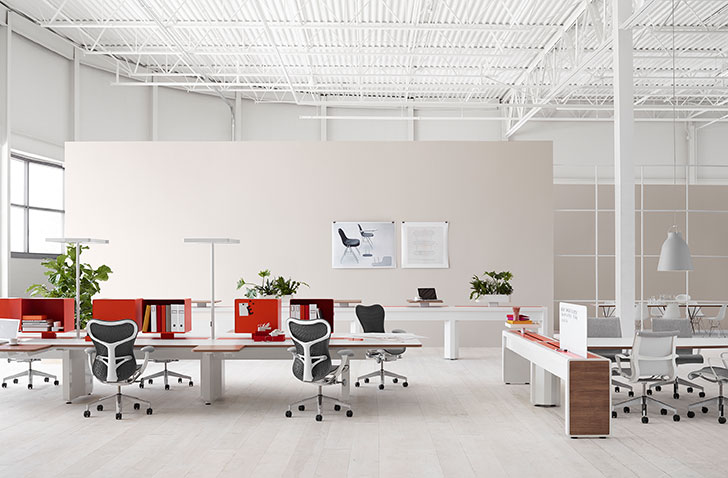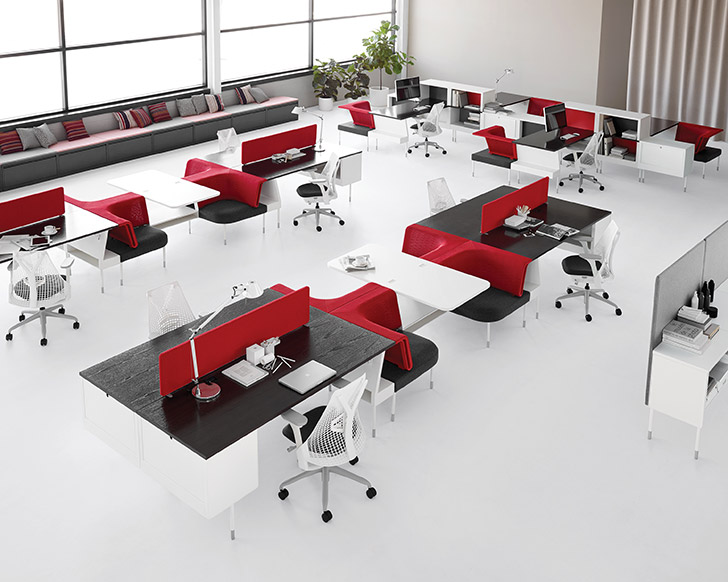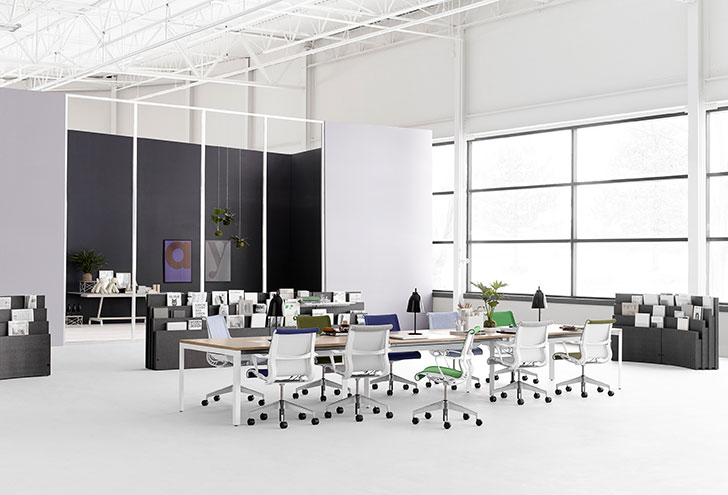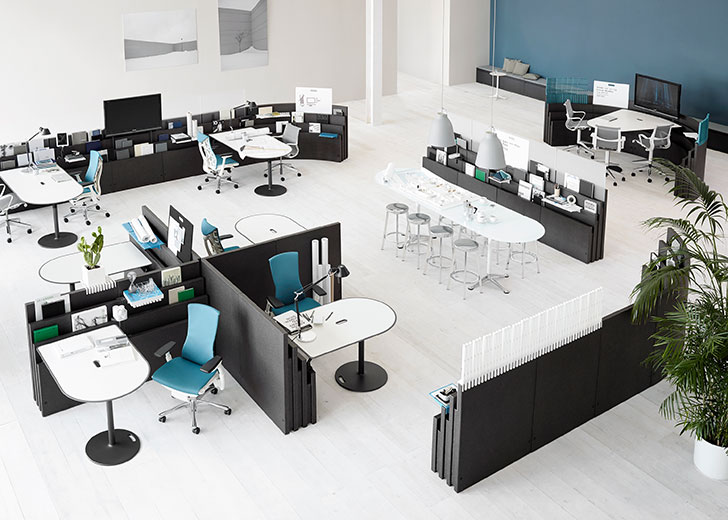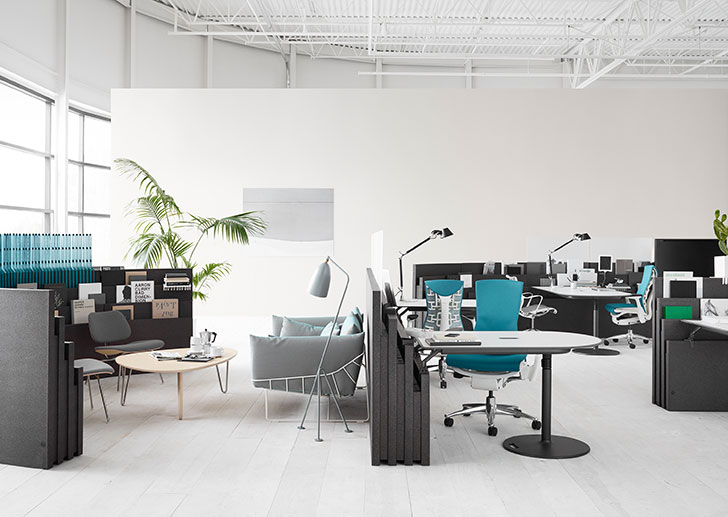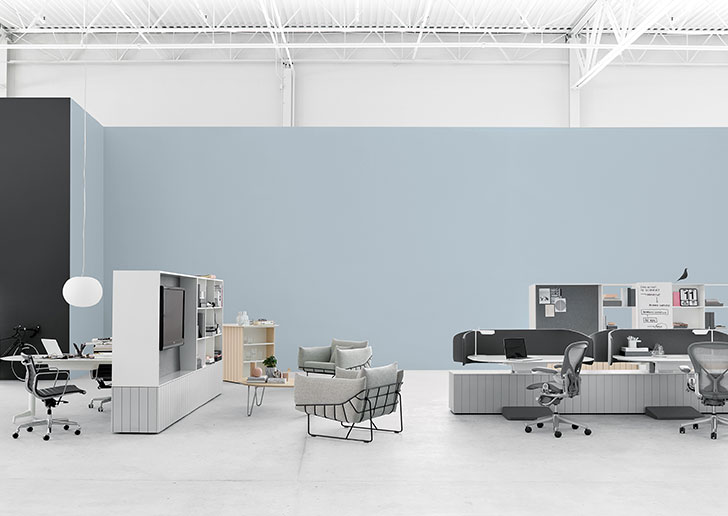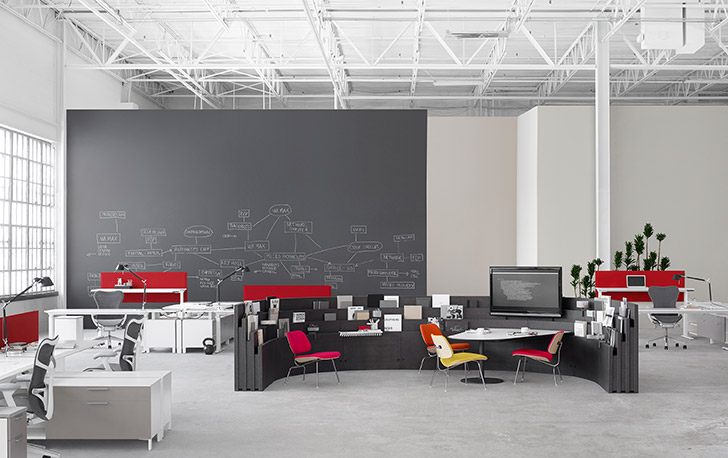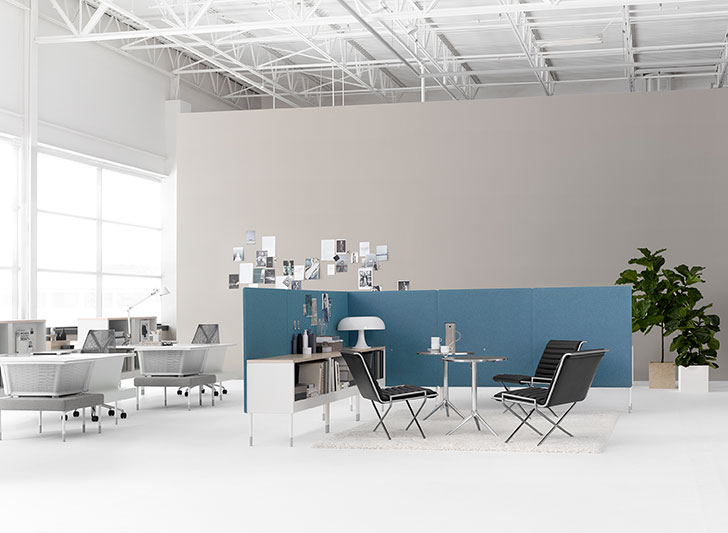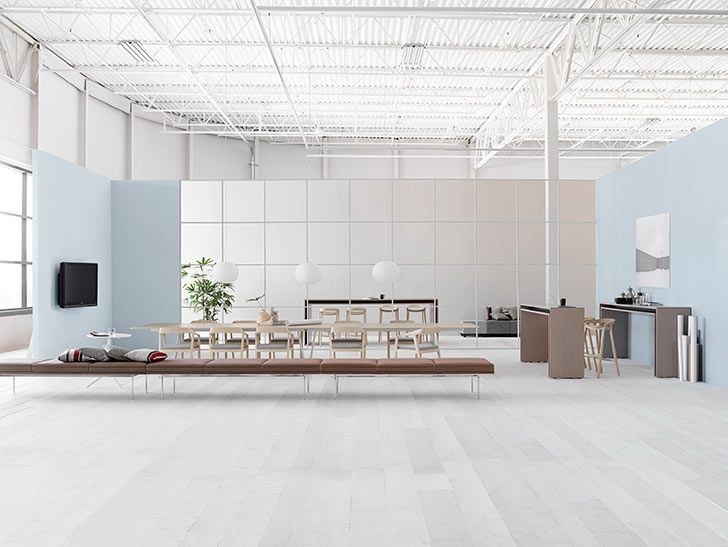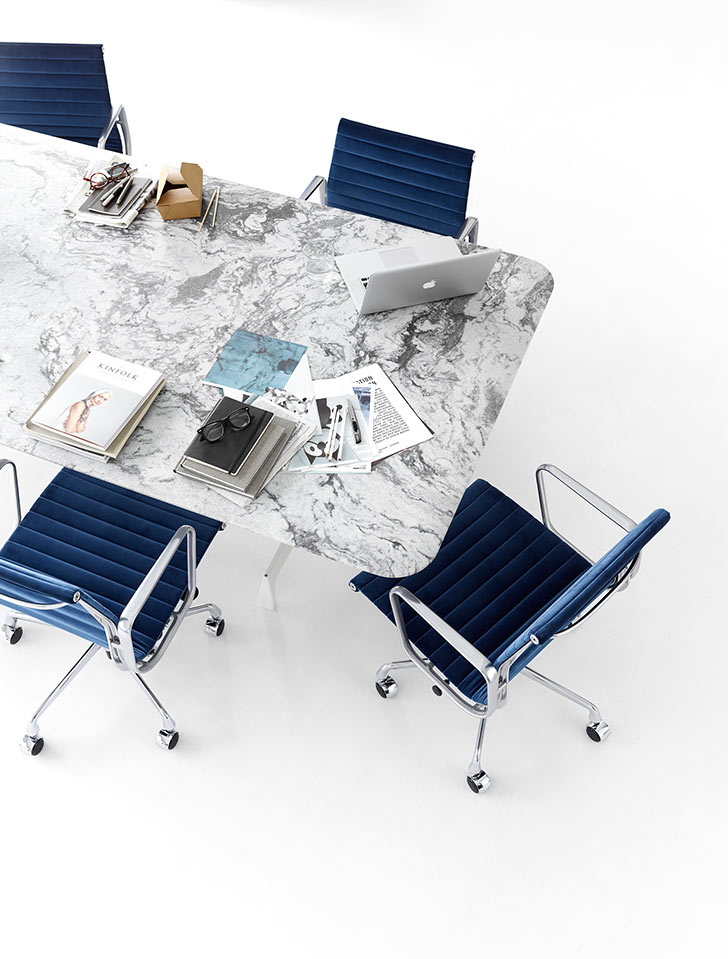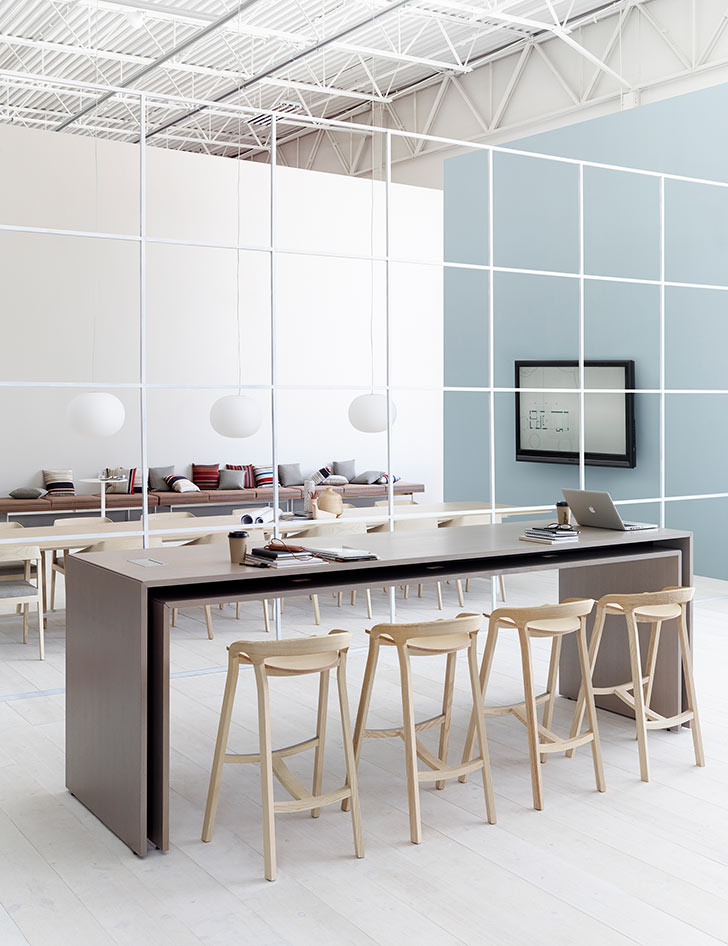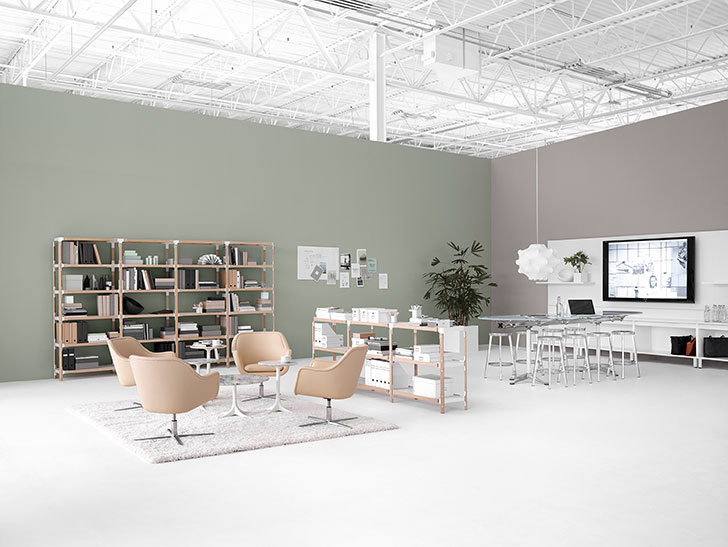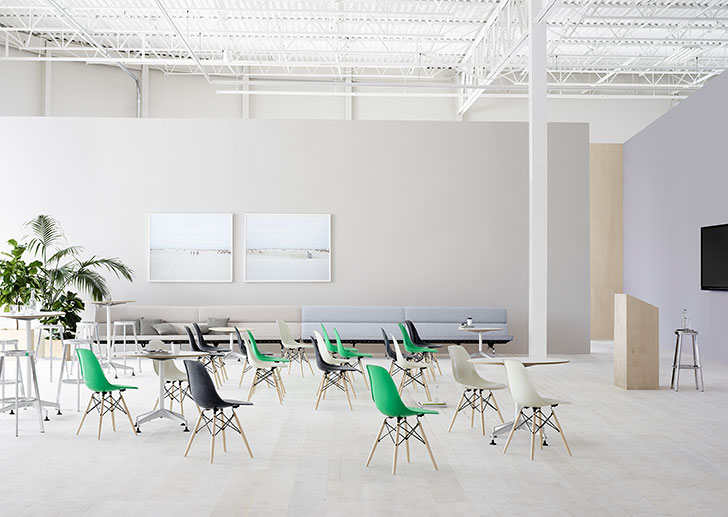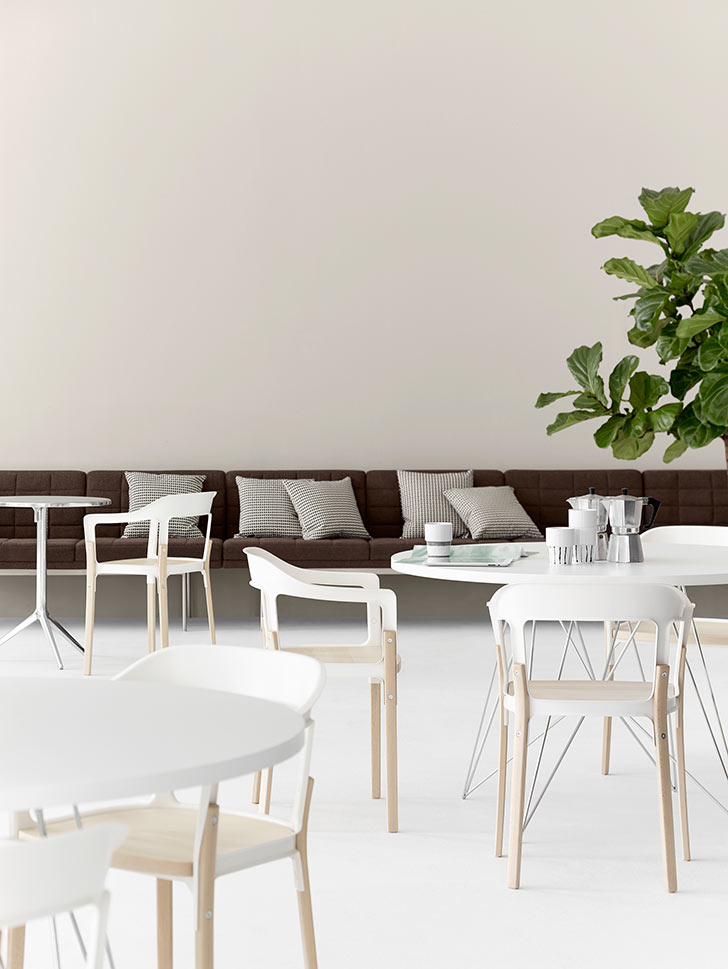A Haven is a small shelter where focused work can be done without distraction—or alternatively, a place to unwind.
It can be an enclosed room, such as a private office, or a semi-sheltered or screened-in space out in the open. Depending on its intended use, the setting may offer a work surface and adjustable seating, or take on a more relaxed feel. It may also easily accommodate the use of personal technology and other tools. A shared Haven must be easily locatable in the landscape.


